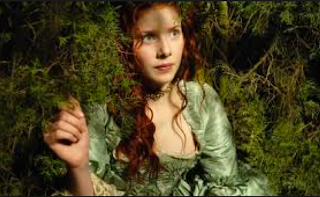In your exam, you are expected to analyse
and discuss the technical aspect of the language and conventions of
moving image in the extract's representation of individuals, places,
groups and events.
- camera shots, angles, movement, composition
- editing
- sound
- mise-en-scene
The following terms are listed on page 18 of your specification. Your prep is to revise what they are.
Section A: Textual Analysis and Representation
Camera Shots, Angle, Movement and Composition
•Shots: establishing shot, master shot, close-up, mid-shot, long shot, wide shot, two-
shot, aerialshot, point of view shot, over the shoulder shot, and variations of these.
•Angle: high angle, low angle, canted angle.
•Movement: pan, tilt, track, dolly, crane, steadicam, hand-held, zoom, reverse zoom.
•Composition: framing, rule of thirds, depth of field – deep and shallow focus, focus pulls.
Editing
•Includes transition of image and sound –continuity and non-continuity systems.
•Cutting: shot/reverse shot, eyeline match, graphic match, action match,
jump cut, crosscutting, parallel editing, cutaway; insert.
•Other transitions, dissolve, fade-in, fade-out, wipe, superimposition, long take, short take, slow
motion, ellipsis and expansion of time, post-production, visual effects.
Sound
•Diegetic and non-diegetic sound; synchronous/asynchronous sound; sound effects; sound
motif, sound bridge, dialogue, voiceover, mode of address/direct address, sound mixing, sound
perspective.
•Soundtrack: score, incidental music, themes and stings, ambient sound.
Mise-en-Scène
•Production design: location, studio, set design, costume and make-up, properties.
•Lighting; colour design
TIPS
Continuity editing creates a continuous linear movement
of events and images in a story.
Arranging the events of
a film as if they appear in a continuous linear fashion.
focus pull: explained HERE
Rule of Thirds:
A technique in camera framing where
the frame is divided into imaginary sections to create
reference points explained here
match on action: Slideshare here
graphic match: A match cut, also called a graphic match
is a cut in film editing
between either two different objects,
two different spaces, or two
different compositions in which
an object in the two shots graphically
match, often helping
to establish a strong continuity of action and
linking the two
shots metaphorically. illustrated here and here as 'match cut'
jump cut: disturbs, jolts audience, the jump cut can create
a jarring feeling, cause commotion in the scene and help
to give the sense of ellipses in
time.
see here
synchronous sound: Sound that appears to be matched to
certain movements occurring in the scene, as when footsteps
correspond to feet walking.
There is support on the OCR website in the form of tutorials.
Look
HERE at the Guides::
















